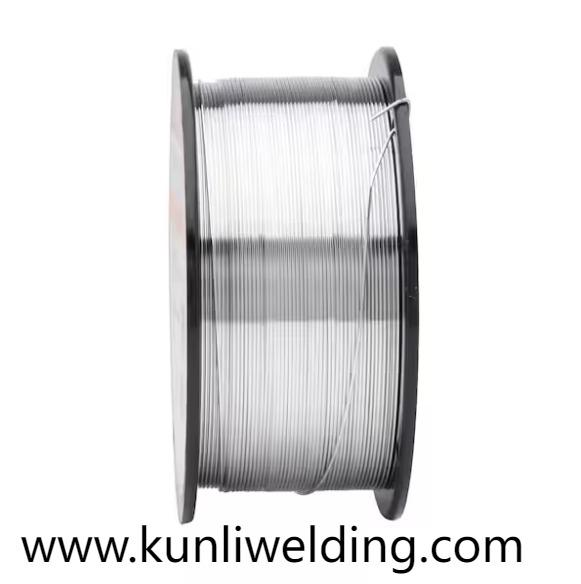Why do Kunliwelding winding and packaging choices affect weld feed reliability

Supply chain scrutiny and increasing demand for lightweight construction are pushing welders and fabricators to ask more from their suppliers, and that is why Aluminum Welding Wire Manufacturers are under pressure to show how they keep product quality steady from reel to reel. Consistent feed geometry, controlled chemistry and proven packaging practices reduce surprises during production and help welding crews maintain weld appearance and mechanical response across long runs. When buyers understand a maker s quality steps they can shorten qualification cycles and avoid costly rework.
Manufacturers start consistency at raw material intake. Careful sourcing and incoming checks make it possible to detect impurities before melting and drawing. When a mill tracks each batch from metal source through production it becomes practical to trace variation back to a single point and act quickly. That traceability also reassures procurement teams who now face closer scrutiny about supply chain responsibility and material origin.
Controlled melting and alloying processes are where chemistry meets process control. Consistent furnace practice, clear melt records and stable casting produce feedstock that behaves predictably during wire drawing and spooling. Producers with documented production steps reduce the chance that a single coil will show unexpected arc behavior or deposit characteristics. Those procedural controls help fabricators get repeatable puddle dynamics in both shop trials and field installations.
Dimensional control and winding precision influence how wire feeds during MIG or TIG operations. Precise drawing, uniform diameter tolerance and tension aware winding lower the risk of snarls and inconsistent deposition. Careful spool mounting and packaging that guards against moisture are practical details that protect weld quality from the moment a reel leaves the factory until it reaches the welder s torch. Simple steps at the manufacturer level often translate into fewer feeding interruptions in production.
Quality verification is ongoing not episodic. Effective producers run periodic checks that include mechanical testing surface condition inspections and dimensional audits across lots. When nonconforming reels are flagged and removed the customer receives a more uniform product. Open records of these checks make supplier claims verifiable and help welders set parameters based on real material behavior rather than assumptions.
External market forces are tightening how manufacturers manage lots. Policy moves and recycling dynamics affect feedstock flows and make recycled content and scrap management more visible in procurement discussions. Manufacturers that manage these variables and communicate their handling of scrap recycling and sourcing provide buyers with the context needed to judge supply stability and long term availability. That transparency is increasingly important as projects compete for constrained metal streams.
Good manufacturers back their processes with accessible technical support. Offering trial reels documented handling guidance and timely responses to feed or welding questions helps fabricators accelerate qualification. That partnership approach shortens the time from material receipt to confident production welding and reduces the risk of costly field repairs once the structure is in service.
Lot to lot consistency is a web of disciplined sourcing process control dimensional care and open verification. When those pieces fit together manufacturers reduce variability and give welders the predictable feed and puddle behavior they need to meet project demands. If you want to review product detail and handling notes for a range of aluminum filler wires see the ER5183 product listing and associated information at www.kunliwelding.com .
- Sports
- Art
- Causes
- Crafts
- Dance
- Drinks
- Film
- Fitness
- Food
- Jeux
- Gardening
- Health
- Domicile
- Literature
- Music
- Networking
- Autre
- Party
- Shopping
- Theater
- Wellness


